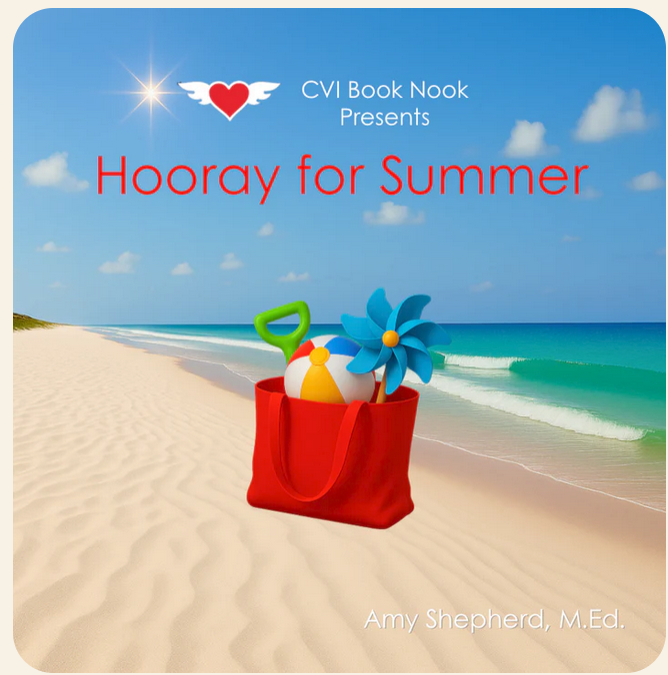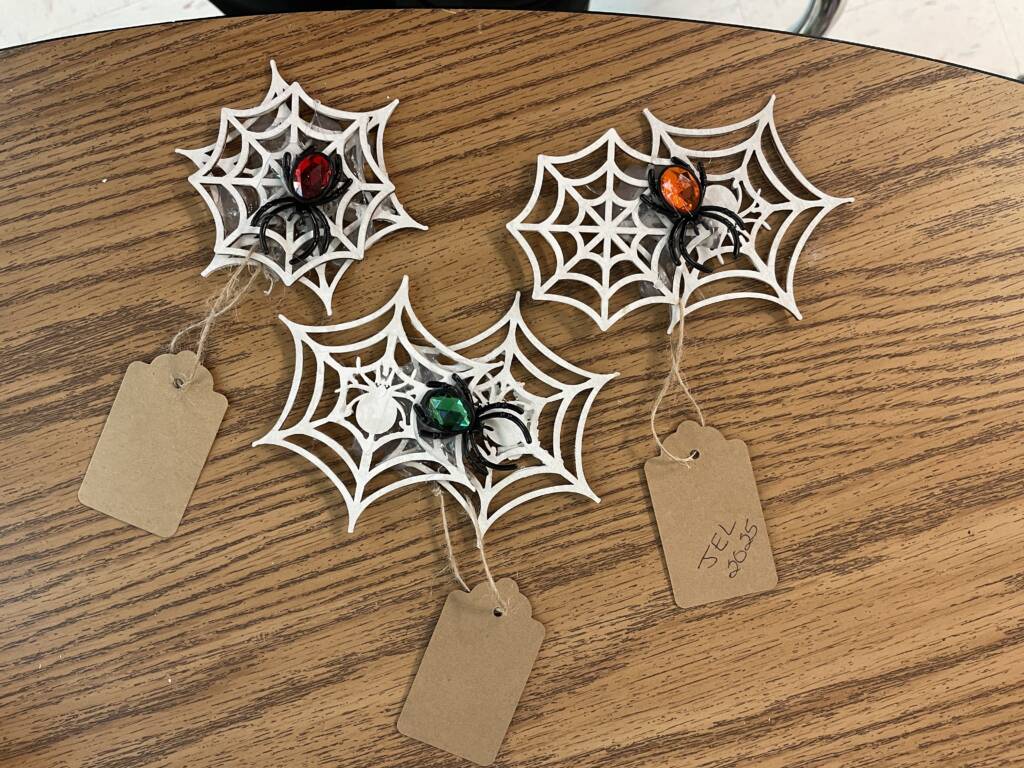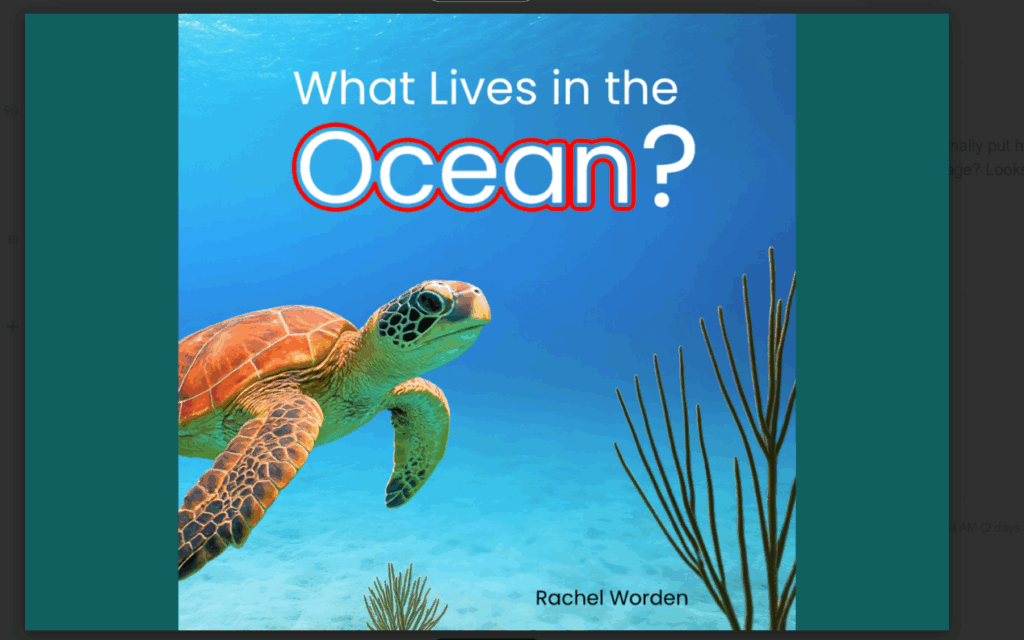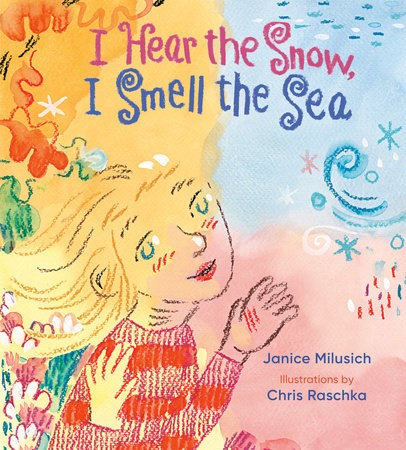I’ve spent years discovering that some of the most meaningful learning doesn’t happen at a desk. It happens in the middle of a giggle, bare feet in the sand, fingers tracing the edge of a favorite toy, or in a child’s voice echoing a familiar phrase from a favorite story.
That’s the spirit behind Hooray for Summer, my first published book crafted to spark joyful exploration through accessible, sensory-rich storytelling. This story invites children, including those with CVI and other visual needs, into playful, hands-on literacy experiences through rhythmic, predictable language and bold, simplified visuals. Here are some fun, multi-sensory ideas to bring the book to life. It’s summer…get out and play!
Set up your book nook for visual success
The environment where you read can either support or overwhelm a child’s visual system.
Try adjusting or minimizing
- Sound: Turn off background noise (TV, music, chatter)
- Movement: Limit distractions like pets or ceiling fans
- Lighting: Adjust to your child’s visual needs. Close curtains, dim or brighten
- overhead lights, turn on a desk lamp, or spotlight pages with a spotlight.
Consider
- Are you holding the book in your child’s preferred visual field?
- Are you offering pause time after reading to support visual search and recognition?
- Would it help to show one page at a time using a black sheet or folding the book?
Read together with purpose
Help your child link real-world experiences to the story. As the book becomes familiar, pause and let them fill in words, act out motions, or retell the story in their own way.
Repetition and Predictable Language
Rhythm and repetition spark curiosity, invite participation, and build anticipation.
You reach into your beach bag…
- Plop! Plop! Plop!
- Time for fun!
- Flip-flop
- Whoooosh!
- Plip-plip
Prediction in the Story
Each page sets up an expectation about what comes next. Encourage children to wonder:
- What’s coming out of the beach bag next?”
- “What will the breeze do to the pinwheel?”
Each page offers clear cause and effect:
- Dig and dump…A pile of sand appears.
- Blow on the pinwheel…The petals spin.
- Kick off flip-flops…They land in the sand.
This supports language, memory, sequencing, and comprehension.
Gradual Complexity: As the story progresses, the layout increases in complexity, offering chances to predict what will stay the same and what will change. The gradual complexity also provides opportunities to encourage visual search, explore different orientations, and examine partial images.
- “Where is the shovel?”
- “What happened to the pinwheel?”
- “Where did the flip-flop go?”

Make it a Story Box
One of the easiest ways to engage your child is by introducing real objects that match the story. Tactile exploration before reading helps build concepts such as:
- Color
- Size (big/little)
- Texture (soft like fabric, hard like plastic)
- Shape (round, square)
- Function (“What do you think this is used for?”)
Tips for storybox exploration
- Present each item one at a time.
- Allow time for self-discovery through touch.
- Use rich descriptive language about the object’s physical attributes, how it feels,
- whether it moves, and any sounds or smells.
- Ask questions: “Does it roll?” “Does it spin?” “Is it soft or hard?” “Is it big or small?”
Make it a Sensory Rich Experience
When I created Hooray for Summer, I intentionally chose realistic images of objects commonly found around the home. Encourage your child to play, engage in conversation, move, and interact with the objects while actively discovering the meaning behind each concept. Creating a sensory-rich experience for your child will enable them to make real-life connections, which in turn will support conceptual understanding.
Children must gain prior knowledge of a concept through real-world experience before
they can recognize that concept in a book. Since every child is different, create these activities to meet those individual needs.
Add Multi-Sensory Enhancements to enhance conceptual learning
Braille: Overlays or embossed
Tactile Elements:
- Sandpaper or real sand for the beach
- Yellow textured paper for the sun
- Blue wax paper for water
- Green foam for the shovel
- Shiny mylar for the pinwheel
- Red canvas fabric for the bag
- Smooth vinyl for the beach ball
Audio: Make silly noises and sound effects. Incorporate sound buttons.
Smells and Tastes: Real lemon or lemon ice cream, beach candle or spray scents.
Movement and Action: Act out parts of the story. Flip off your flip flops. Use a shovel to create a pile of sand.
Matching Activities
When you purchase the book from Little Dandelion Press, you’ll also receive a digital download with Image Flashcards and Matching Cards. Each flashcard includes a large print red label and a description of “What’s in the Picture.”
Ideas for Using Flashcards
- Match real objects to the image flashcards or to the images in the book.
- Using the Image Matching cards, match images to each other or to the book.
- Using the Image Matching cards, cut out the images and match them to the flashcards or to the images in the book.
- Add braille labels.
- Add tactile elements. (see above)
Scavenger Hunt
Use the tactile flashcards to go on a scavenger hunt:
- At the beach: Match the physical items to the cards as you find them.
- At home: Bring the beach to you by staging items around the house.
- Packing and unpacking: Use the cards to help your child pack the beach bag or put items away when you return. Knowing where items belong and how to retrieve and return the is a great independence goal.
Sensory bins
Bring the beach home by setting up two sensory bins, one filled with sand, and one filled with water. Add objects from the story and a variety of similar objects.
Invite your child to explore and compare:
- The water is wet. The sand is dry.
- The water is smooth. The sand is gritty.
- The water is cold. The sand is warm.
- What happens when you scoop sand vs. scoop water?
- Which items float? Which sink?
Write Your Own Experience Story
After reading, help your child create a personal story about going to the beach or their favorite summer adventures. Use photos or objects to illustrate each page. Download the free, editable, What I Like About Summer template from the CVI Book Nook, and start creating your own sensory-rich summer adventure!
Order Hooray for Summer




